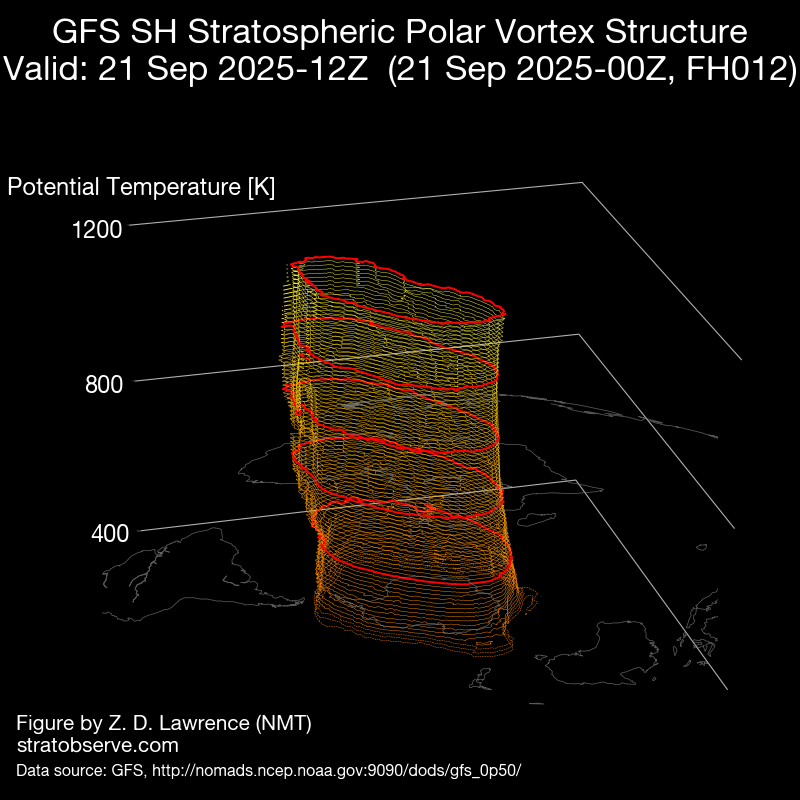Wild Winds to Continue Across Southeastern Australia as Winter 'Heatwave' Lingers in the North
- Weatherwatch
- Aug 28, 2024
- 2 min read
From Intense Cold & Light Winds to Gales & Record Heat
The winter of 2024 is making history after what was a very uneventful start to June and July. On Sunday, Victoria was hit by a significant severe thunderstorm outbreak, with damaging to destructive wind gusts and large to giant hail impacting parts of the state.

Hail Tracks & Sizes Around Melbourne from August 25, 2024. Source: Weatherwatch HailTracker®
On Monday, Australia recorded its hottest winter temperature on record as Yampi Sound in Western Australia soared to 41.6°C. And after multiple days of gales and damaging wind gusts, there's still at least another week of these conditions set to continue, particularly across Victoria and Tasmania.

ACCESS-G 850mb winds for the next 7 days across Southeastern Australia. Source: Weatherwatch MetCentre
Deep Cyclonic Low-Pressure Systems Driving Cold Fronts & Winds
This extreme weather is driven by a series of intense low-pressure systems across the Southern Ocean. As broad areas of pressure drop below 965mb—similar to what is typically seen in a Category 3 tropical cyclone—large areas are expected to drop below 945mb, with some small pockets even forecast to reach sub-930mb, comparable to a Category 5 cyclone like Tropical Cyclone Yasi. These low pressures are helping to extend a series of cold fronts across southern Australia, resulting in prolonged periods of very strong wind gusts.
Winds may not ease until the second half of next week, and while strong gusts could continue beyond that, they are expected to be less frequent. While southeastern Australia is accustomed to windy weeks during active cold fronts, this event is more intense and prolonged than usual.

EC Lowest Pressure Swathe. Source: Weatherwatch MetCentre
Winter Heatwave To Continue into Spring in Northern Australia
Meanwhile, in northern Australia, the winter 'heatwave' persists, with maximum temperatures consistently reaching more than 10°C above average. In Brisbane’s western suburbs, Ipswich had already reached 33.7°C by 2.05 PM—temperatures more commonly experienced in summer, not winter! And similar conditions are expected for several more days.
ACCESS-G 850mb Temperature Anomalies. Source: Weatherwatch MetCentre
More Heat Records Expected - Including for parts of Brisbane
Based on forecast temperatures, Ipswich is almost certain to record its hottest winter week on record, significantly outpacing previous years. When records are broken, especially for long-standing sites like Ipswich with 80 years of data, it’s typically by just a few tenths of a degree. However, if the forecast maximums are realized, Ipswich will exceed its previous hottest week by more than a full degree!

The concern with this early heat is that it could quickly undo the benefits of recent rainfall—an early onset of high temperatures is never a good sign as we head into fire season for northern Australia.







